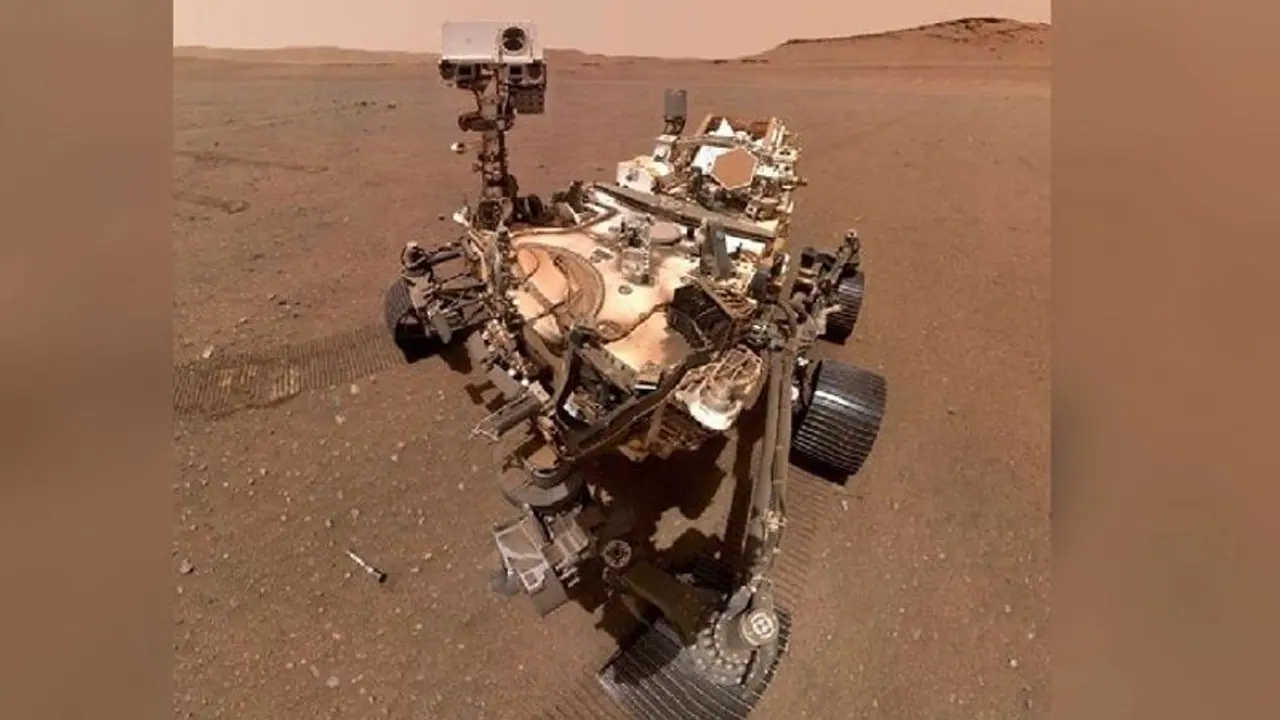Organic molecules are the key building blocks of life on Earth that are made primarily of carbon and hydrogen and often other elements like oxygen, nitrogen, phosphorus, and sulphur.
NASA's Perseverance rover has made a significant discovery in Mars' Jezero Crater, finding a wide range of organic matter. Organic molecules, which consist primarily of carbon and hydrogen, are essential building blocks of life on Earth. This finding, published in the journal Nature, holds implications for the search for signs of life on the Red Planet, according to researchers.

"The presence and distribution of preserved organic matter on the surface of Mars can provide key information about the Martian carbon cycle and the potential of the planet to host life throughout its history," the authors wrote.
Previous discoveries of various organic molecules in Martian meteorites and the Gale crater have been made, but scientists have not ruled out the possibility that these materials have a “biotic” origin or are the result of life on the planet. They have proposed several explanations for the origin of organic matter on the planet, such as interactions between water and dust or the delivery of organic compounds by dust or meteorites.
“These potential organic molecules are largely found within minerals linked to aqueous processes, indicating that these processes may have had a key role in organic synthesis, transport, or preservation,” they wrote.
Dr. Sunanda Sharma from NASA's Jet Propulsion Laboratory mentioned that there are multiple hypotheses regarding the presence of organic matter on Mars, based on studies of meteorites and missions.
Also read: Sun to reach 'solar maximum' in 2025, sparks fears of potential 'Internet apocalypse'
Perseverance, which landed on Mars in February 2021, detected evidence of diverse organic compounds in the vast Jezero crater during its exploration. The rover's Sherloc instrument (Scanning Habitable Environments with Raman and Luminescence for Organics and Chemicals) enabled fine-scale mapping and analysis of organic molecules and minerals on Mars, making it the first tool of its kind.
“Not all organics are biological in origin. Observing spatial relationships between minerals and organics is necessary when evaluating organic origins and potential biosignatures. Everything we know of life on Earth is limited to what is preserved in the rock-mineral record. On Earth, biosignatures are found in certain minerals and some minerals are better at preserving organics than others,” said Ashley E Murphy, a researcher at the Planetary Science Institute and co-author on the new paper.
In a separate finding, NASA's Curiosity rover discovered rocks containing organic carbon, indicating the possibility of past life on Mars.
